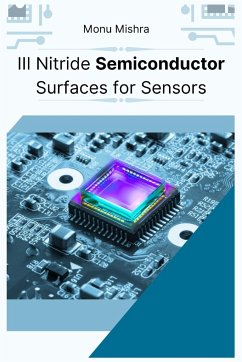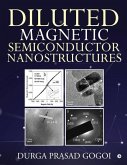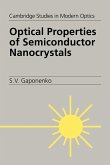III nitride semiconductor surfaces have gained significant attention in recent years for their application in sensors. The exploration of these surfaces and their material properties has been a topic of interest for researchers like Monu Mishra. III nitride semiconductors have proven to be a promising material due to their excellent electrical and optical properties. The surfaces of these semiconductors play a crucial role in determining their overall performance, and thus it is important to study their surface chemistry and morphology. The thin films of III nitride semiconductors have been found to be highly effective in sensor applications. Their surface morphology and topography have been found to influence their sensitivity towards specific analytes. Surface energy, roughness, treatment, functionalization, modification, and passivation are some of the parameters that play an important role in determining the sensor's performance. The surface analysis and imaging of these semiconductors have provided insights into their structure and properties. Surface spectroscopy techniques such as surface-enhanced Raman scattering (SERS) and surface plasmon resonance (SPR) have also been used to study the surface properties of III nitride semiconductors. SERS is a powerful technique that enables the detection of trace amounts of analytes, and SPR is a technique that can detect changes in refractive index on the surface of the semiconductor. These techniques have been found to be highly effective in sensing applications, especially in the detection of biomolecules. The surface tension, charge, and potential of III nitride semiconductors have also been studied extensively. These properties play an important role in determining the interaction of the semiconductor surface with the analyte molecules. Surface reactions and adsorption processes have also been studied in detail to understand the binding mechanism of the analyte molecules to the semiconductor surface. III nitride semiconductor surfaces have been extensively studied in the field of biosensors and gas sensors. These sensors have been found to be highly sensitive and selective towards specific analytes, and their performance is strongly influenced by the properties of their surfaces. The development of these sensors requires a deep understanding of the material science, semiconductor physics, and engineering of the III nitride semiconductor surfaces. In conclusion, the study of III nitride semiconductor surfaces for sensors is a rapidly evolving field. Researchers like Monu Mishra have contributed significantly to the understanding of the surface properties of these semiconductors. The exploration of the surface chemistry, morphology, and properties of III nitride semiconductors will continue to pave the way for the development of highly sensitive and selective sensors for various applications.








